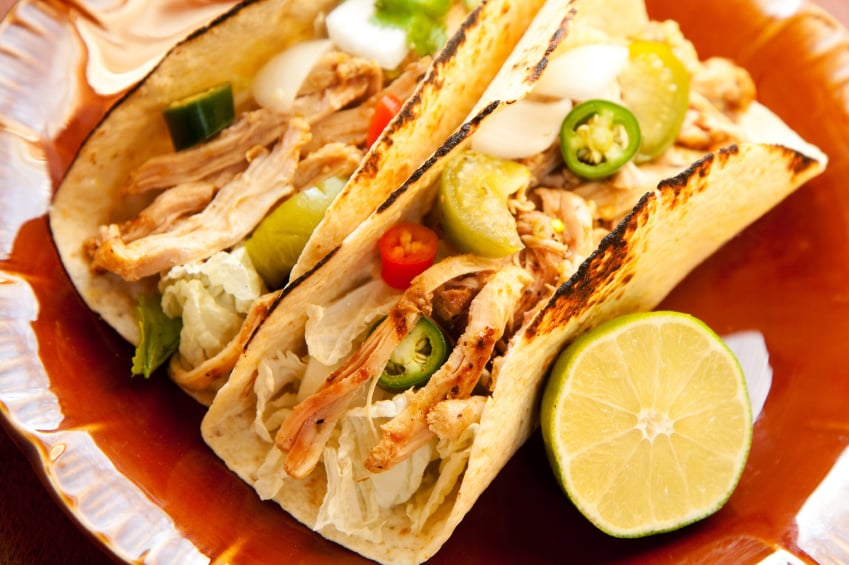
The fits and needs of real human beings have clearly moved the needle in recent years. The ultimate decade has been a tumultuous one for the American meals industry, marked by using purchaser rebellions towards genetically changed foods, artificial flavors, sugars, eggs from caged hens, and trans fats. They’ve pressured foremost food producers to redecorate many of their most popular merchandise, driven egg farmers in Iowa to bodily redesign their operations, and has soda makers gambling protection towards taxes for beverages with introduced sugar. The industry now has to perform in a brand new fact, where purchasers maintain more power than ever to reshape what the food machine looks as if publicly.
There is one exception, although. While many other companies bent to the wills of consumers inquiring for better food, America’s rapid-food giants flouted the traits. In the final 30 years, as Americans demanded less salt and attempted to trim their caloric consumption, fast-food chains served up greater salt, extended portion sizes, and added energy to their meals, consistent with a new observe posted this week (Feb. 27) in the Journal of the Academy of Nutrition and Dietetics.
Specifically, between 1986 and 2016, element sizes of entrees at 10 of the most important speedy-meals chains increased by 39 grams, ninety calories, and brought 13—Eight% more sodium. Together with French fries, side items saw a growth of about 42 energy and almost 12% greater sodium. And the common dessert portion jumped 72 grams, delivered 186 energy, and noticed a 3.6% growth in sodium.

In bucking tendencies, the short-meals industry maintains to seize warmness to contribute to u . S. A .’s expensive and lethal chronic health issues, including obesity and heartsickness, said Megan McCrory, a Boston University researcher and co-writer of the new examine, in a statement. About 40% of American adults are obese, a circumstance that plagues the teenager’s population as nicely. It’s the second-main danger factor for incapacity in the US and the fourth-main hazard factor for loss of life.
The researchers at the back of the new look at set out to see how fast meals industry services had modified over the past three decades. To do that, they analyzed menu services from 1986, 1991, and 2016 from Arby’s, Burger King, Carl’s Jr., Dairy Queen, Hardee’s, Jack in the Box, KFC, Long John Silver’s, McDonald’s’s’s, and Wendy’s. The observe recounted that some of these chains have added salad alternatives to their menus; however, that didn’t impact the overall route of the fitness profiles of menu offerings.
To make certain, just because some menu items are high in energy does not always imply they are horrific for health. That became a factor made in April 2017 in a Wall Street Journal interview (paywall) with Panera Bread founder Ron Shaich: “Consumers know a calorie isn’t a calorie. There are correct fats and horrific fat and accurate proteins and horrific ones.”
The researchers at the back of the new study say that considering the public fitness burden of obesity, restaurants must recall imparting smaller variations of menu objects. They also raised the specter of calorie taxation, an arguable idea that might certainly draw extreme enterprise pushback has been regulators to do not forget it significantly.







